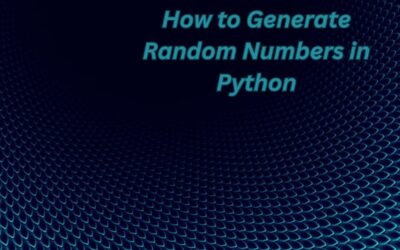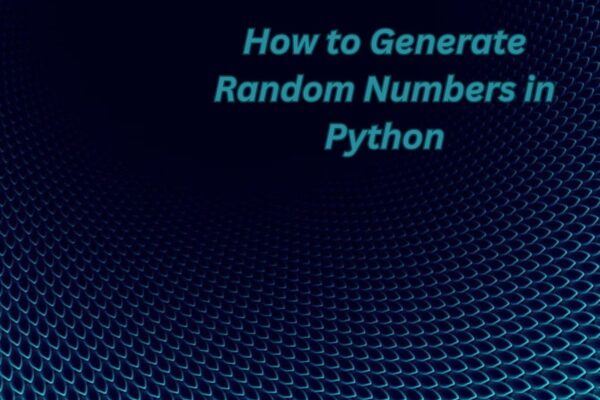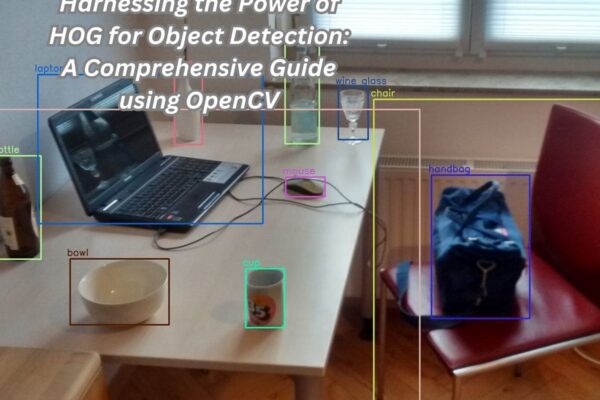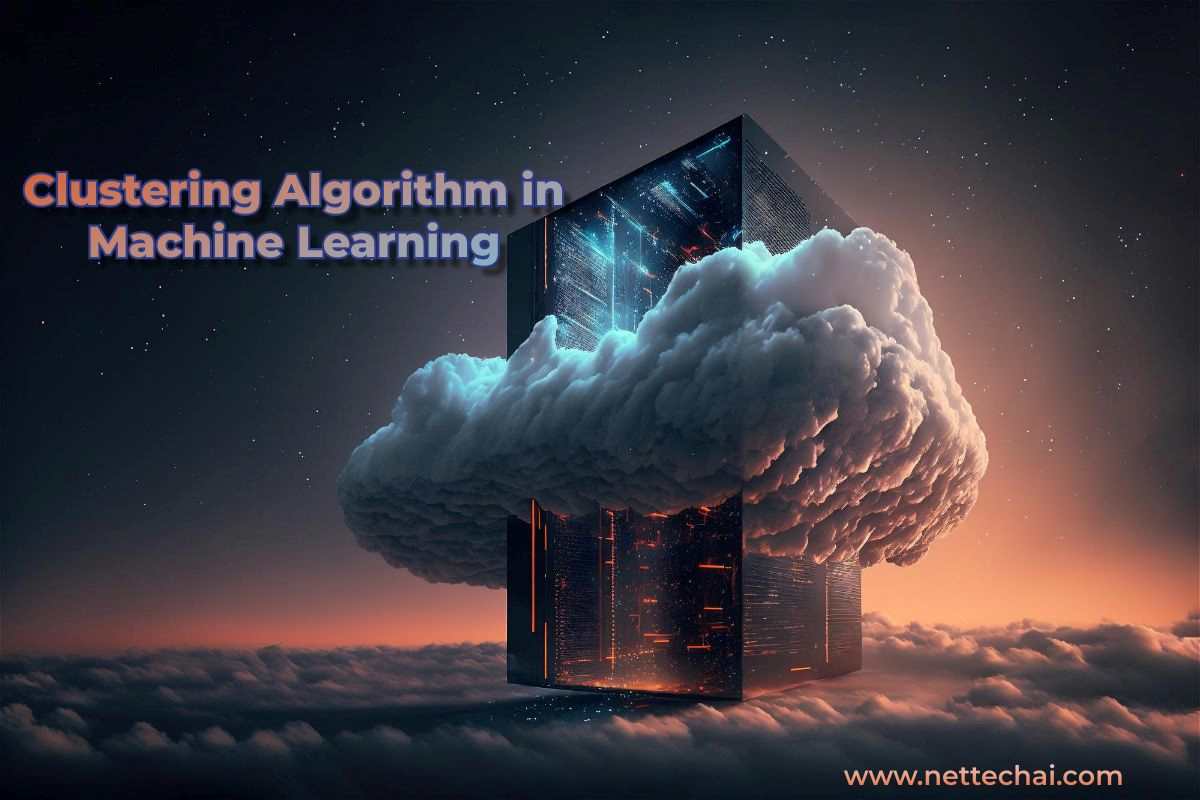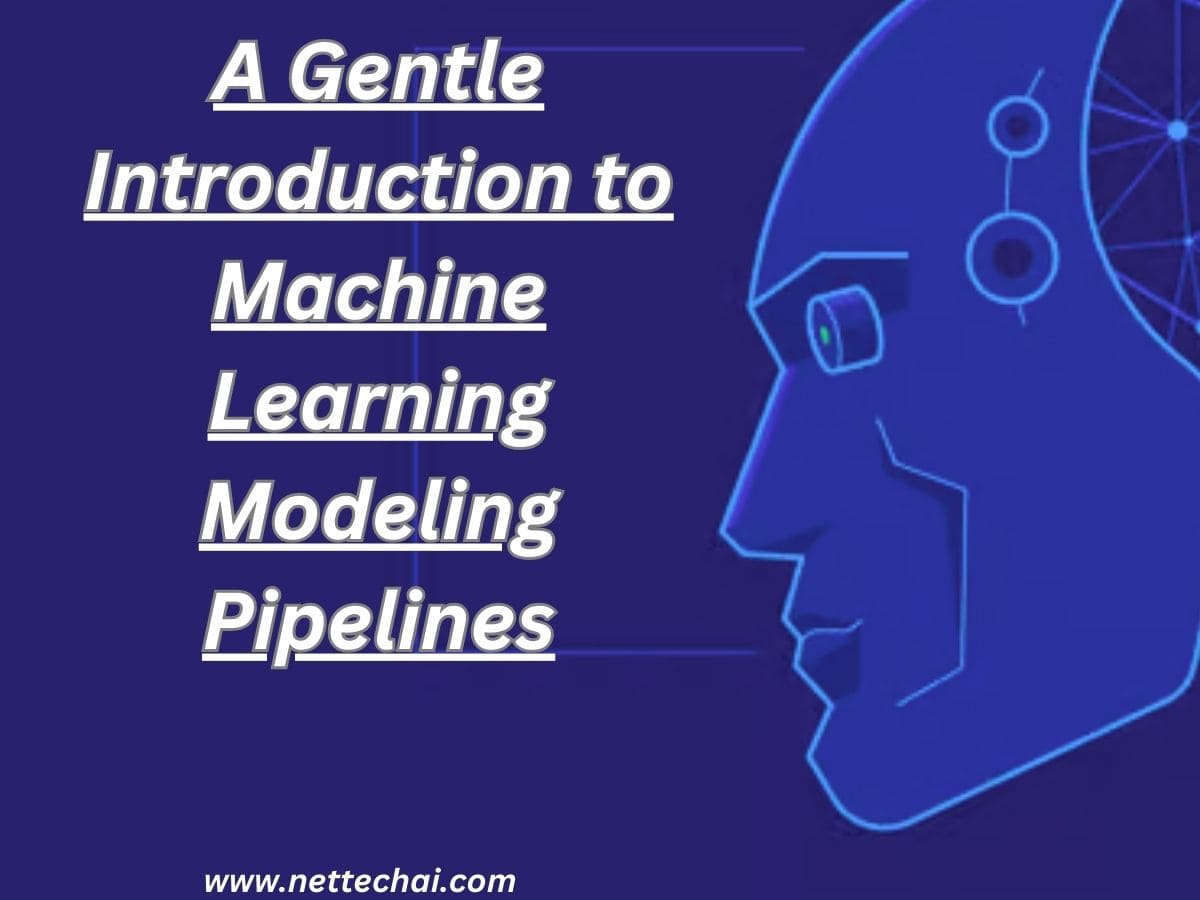
Why One-Hot Encode Data in Machine Learning?
Introduction: Machine learning algorithms thrive on data, and the quality of the input significantly impacts their performance. One crucial aspect of data preprocessing involves handling categorical data, which is non-numerical information such as labels or names. In this article, we delve into the significance of One-Hot Encode in machine learning, exploring the nature of categorical…


